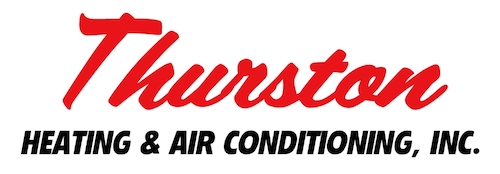Many people only schedule air conditioning repair when their system completely stops working. However, the reality is your air conditioner will often show signs of trouble before a complete breakdown that results in new AC installation. Recognizing the symptoms and calling the experts at Thurston Heating & Air Conditioning to handle issues early can spare you the hassle and expense of a full AC system breakdown. More importantly, it can prevent the uncomfortable feeling of having your AC fail on a hot day.
When you call us, our team of skilled HVAC technicians will identify the problem, make the necessary repairs and get your system running again. We have extensive expertise and provide top-tier, cost-effective AC service for local homeowners.
Why wait until your cooling system breaks down? Skip all that hassle by calling today to schedule AC repair in Kearney, NE, from Thurston Heating & Air Conditioning.
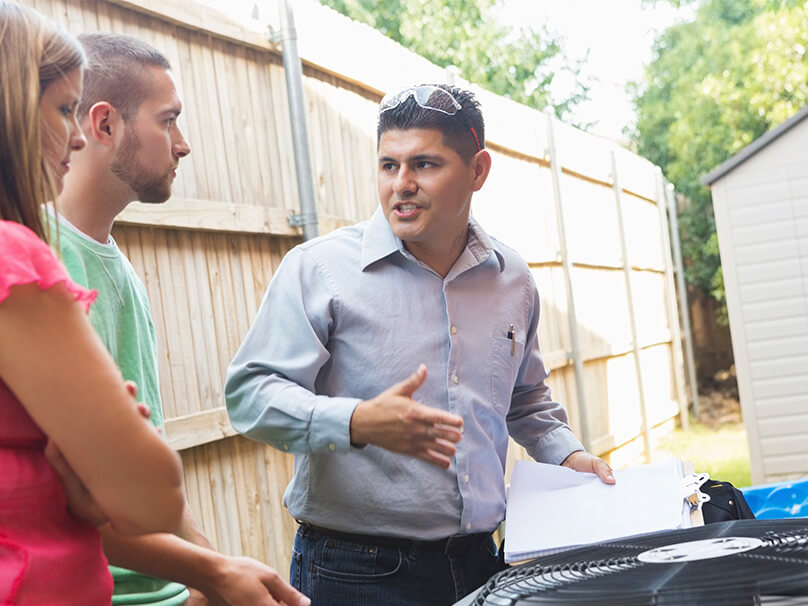
Warnings Signs You Need AC Repair
What are the signs your air conditioner is having issues? From strange odors to no cold air coming from the vents, there are many symptoms that your cooling system has an issue and needs diagnosis and repair.
Here are some warning signs that trouble may be developing and it’s time to call an HVAC technician from Thurston Heating & Air Conditioning:
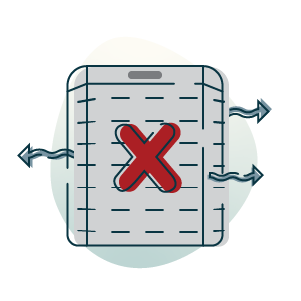
AC is blowing hot air
If hot air is flowing out of your AC unit instead of cool air, or if the air isn’t as cool as it should be, it’s a smart move to call us for professional cooling service.
Air conditioning frequently turns on and off
If your AC system turns on and off instead of running consistently, it could be a sign of several problems and should be evaluated by one of our certified HVAC technicians.
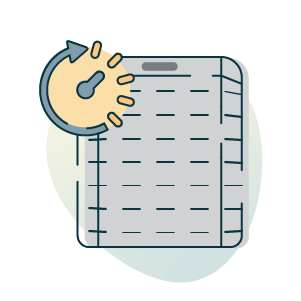
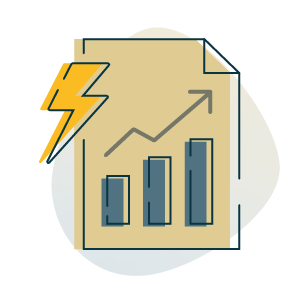
Cooling bills increase for no apparent reason
A sharp increase in your energy usage can be a signal your AC unit is losing efficiency, which means it uses more energy to maintain a comfortable indoor temperature and needs AC maintenance or repair.
Odd odors are coming from your air conditioning
Air conditioners shouldn’t produce odors. Weird smells coming from your air conditioning system should be checked by an expert, as they can be a red flag for issues like mold, mildew or even electrical issues.
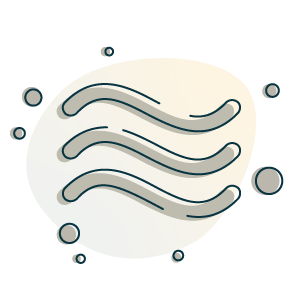
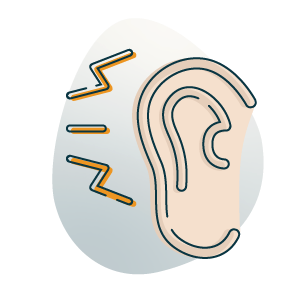
AC starts making noises
If you hear strange sounds when your air conditioner is running — banging, grinding or high-pitched whining, to name just a few — it’s important to call for professional HVAC service to find out what’s wrong.
Request Expert Air Conditioner Repair Today
When you need air conditioning service quickly, reach the HVAC repair professionals at Thurston Heating & Air Conditioning. We’ll quickly determine the problem when your air conditioner won’t run or deliver enough chilly air.
